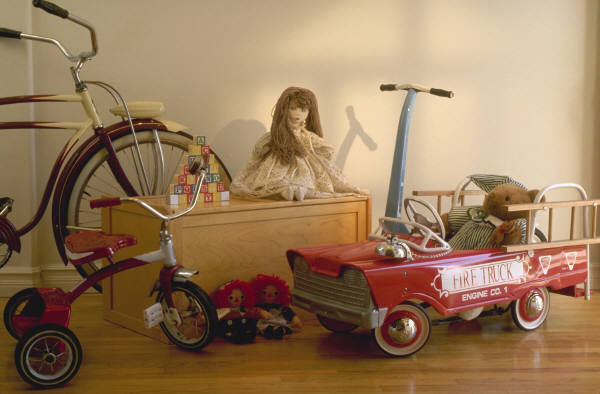
When are the new rules effective?
The new rules went into effect on July 1, 2007.
When do the rules apply?
Compliance with the rules is required when you are constructing a new playground or replacing or modifying a major type of playground equipment such as climbing equipment, sliding poles, slides and swing. (See, the CPSC Handbook for Public Playground Safety for further discussion of major types of playground equipment).
Do the rules apply when I am performing routine maintenance on the playground?
No.
Do the new rules apply to every playground?
The rules are limited to playgrounds and related structures designed for six or more children. They do not apply to play areas for one, two, or three family homes.
How high can my playground equipment be placed?
Any playground equipment on which a child is higher than ground level must be placed less than the "critical height" and should be surrounded by material designed to properly cushion a child's fall. Critical height is the height from which a life-threatening head injury could occur if a child fell. It is based upon the cushioning effect of the equipment's surrounding material (e.g., sand, wood chips or mulch, shredded rubber, etc). The height of your equipment is therefore determined by how soft the surface is around the equipment. Consult the U.S. Consumer Product Safety Commission's Handbook for Public Playground Safety for a detailed chart of the critical heights of various acceptable playground surfaces.
How should I organize the equipment?
There should be enough open space around playground equipment so that children can use the equipment safely. Swings, slides, and other equipment need a buffer zone of empty space to prevent collisions by users and with objects. Also, equipment should be grouped by recommended age range and activity levels of children. Popular items should be spread around the playground to avoid crowding.
What else should I consider when buying and installing new equipment?
Make sure that the equipment is properly installed and anchored. Loose equipment is a leading factor in playground injuries. Also, check the product's durability and safety record to ensure that you are purchasing equipment that is proven to be safe. Any finishes and paints applied to the equipment must meet lead safety standards and should be resistant to corrosion. Finally, look for equipment composed of plastic, wood, or vinyl instead of metal when possible.
How do the new rules affect my older playground equipment?
You can keep your old equipment safe by casting a careful eye towards hazards. Watch for sharp edges, particularly those caused by worn out pieces. All corners should be rounded and smooth. If a sharp edge isn't replaceable for some reason, cover it in a protective material. If a piece of the equipment is damaged or worn out, replace it. Keep wooden pieces sanded to avoid splintering. Make sure all screws and bolts are tight and secure and that they do not protrude out the other side of the fastening. If an entire structure seems loose in the ground, repair the anchors. If old equipment seems unsafe, do not let children use it until it is repaired!
If you have further questions regarding the CPSC Handbook for Public Playground safety, please contact the Consumer Product Safety Commission.




